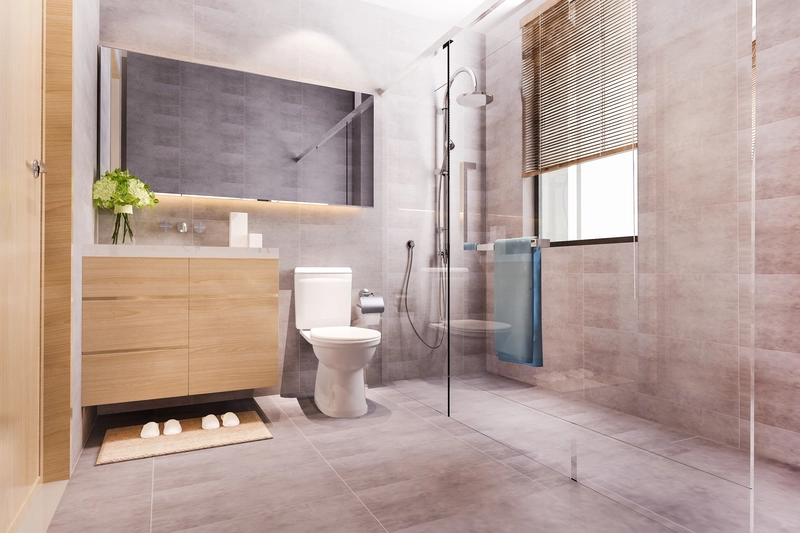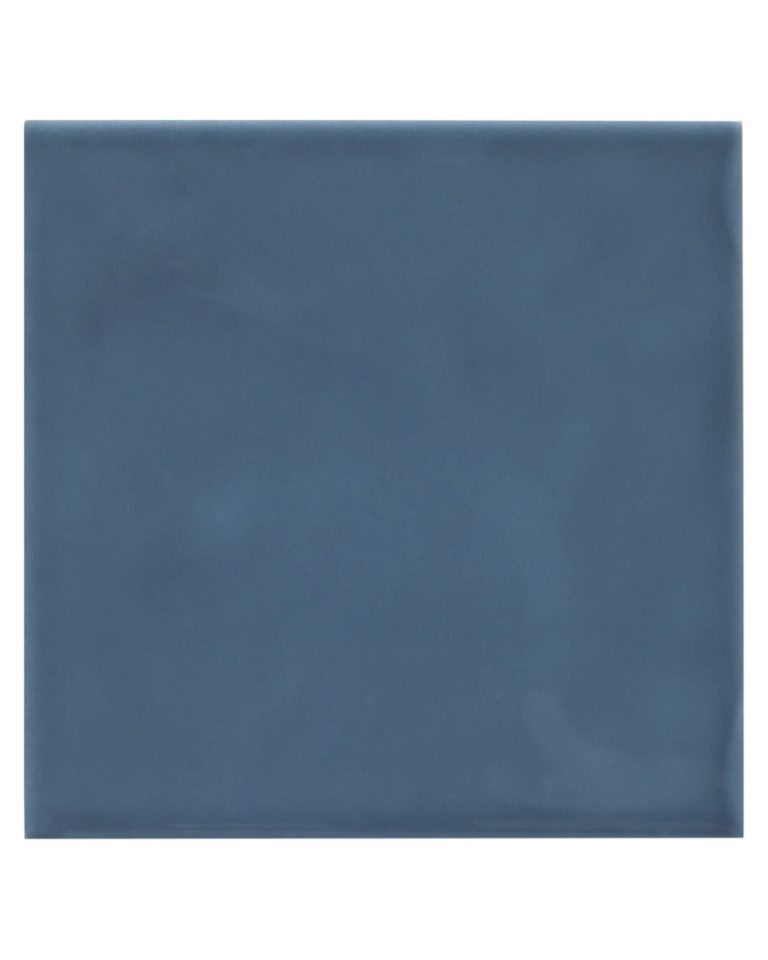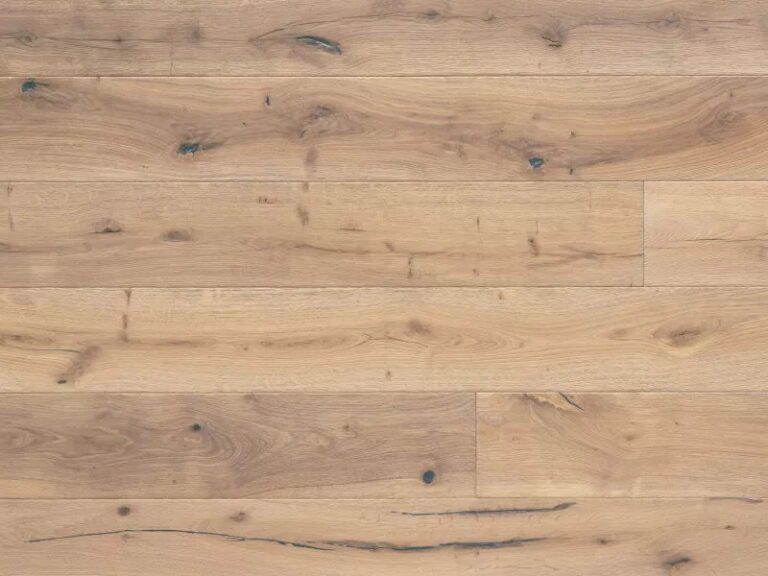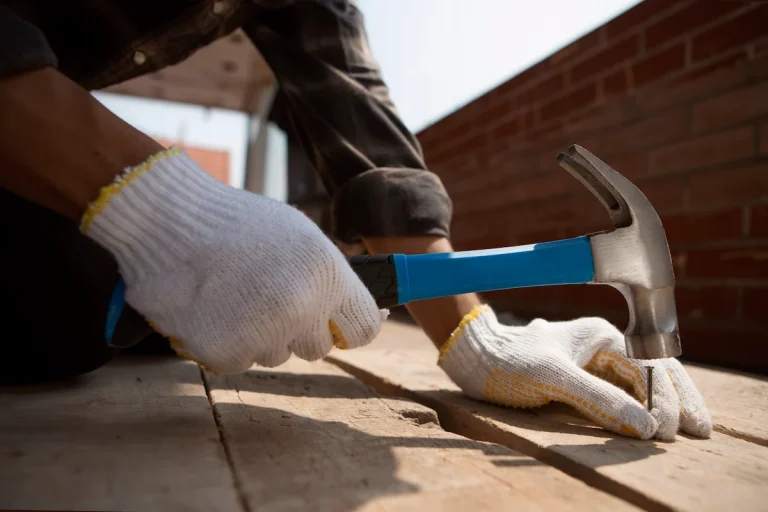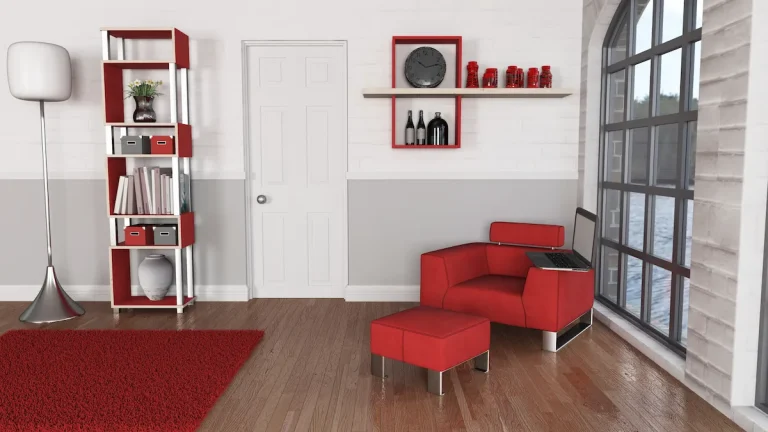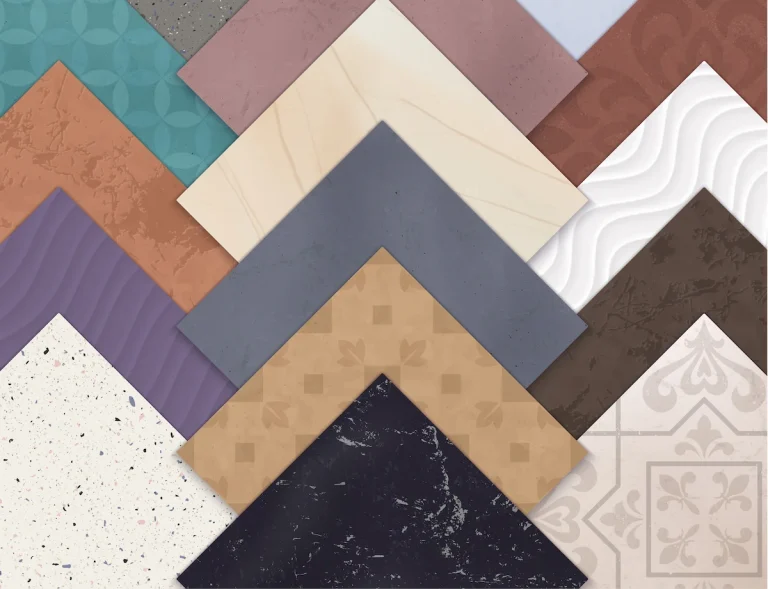Are you looking to update your bathroom flooring but not sure where to start? Choosing the right waterproof flooring for bathrooms is crucial due to the high moisture levels and potential for spills.
We’ll discuss why waterproof flooring is important for bathrooms and factors to consider when making your selection. Also, we’ll explore the various types of waterproof flooring options available, along with the pros and cons of each.
Stay tuned for tips on choosing the best waterproof flooring for your bathroom and how to maintain it effectively. Let’s dive in!
Why is Waterproof Flooring Important for Bathrooms?
Waterproof flooring is crucial for bathrooms because it prevents water damage, mould, and mildew in high-moisture areas, ensuring a safe and durable environment.
Moisture can seep through traditional flooring materials, causing them to warp, swell, or even rot over time. Without proper protection, this moisture infiltration can lead to extensive damage to the subfloor and compromise the structural integrity of the entire room.
Through the use of waterproof flooring, homeowners can safeguard their bathrooms and other moisture-prone spaces from these potential issues, maintaining the longevity and aesthetics of their homes. The ease of cleaning and maintenance associated with waterproof flooring makes it a practical and efficient choice for busy households.
Factors to Consider when Choosing Bathroom Flooring
When choosing bathroom flooring, it’s essential to consider factors like moisture resistance, budget constraints, and the overall decor style to ensure the flooring meets both functional and aesthetic needs.
a. Water Resistance
Water resistance is a primary consideration for bathroom flooring since it ensures the surface can withstand constant exposure to moisture without degrading.
Luxury vinyl tile (LVT) and porcelain tile are two popular options that stand out when choosing bathroom waterproof flooring materials that offer excellent water resistance. LVT is a synthetic material that is highly resistant to water, making it ideal for bathrooms where splashes and spills are common. Porcelain tile, on the other hand, is a durable and non-porous material that can resist moisture effectively.
Imagine a scenario where a family with young children is getting ready in the morning, with the bathroom bustling with activity. In such situations, having waterproof flooring becomes crucial to prevent any water damage or potential accidents. Whether it’s a quick shower or a playful bath time, having reliable water-resistant flooring can provide peace of mind and ensure long-lasting beauty in the bathroom.
b. Durability
Durability is another critical factor for bathroom flooring as it must endure daily wear and tear while maintaining its appearance and functionality.
Luxury vinyl plank (LVP) and ceramic tile are renowned for their robustness. LVP is highly resistant to scratches and dents due to its strong wear layer, making it ideal for busy family bathrooms.
On the other hand, ceramic tile is incredibly durable and can withstand high traffic with ease, making it a top choice for areas prone to heavy use.
Ultimately, the best option for your high-traffic family bathroom will depend on your specific needs and preferences.
c. Slip Resistance
Slip resistance is vital for bathroom flooring to prevent accidents and ensure safety, especially in a high-moisture environment.
In terms of choosing the right flooring for bathrooms, prioritising slip resistance is crucial. Materials like rubber flooring, with their textured surfaces, offer excellent traction, reducing the risk of slips and falls. Similarly, textured porcelain tiles provide a sturdy surface that improves grip, making them ideal choices for bathroom floors.
For families with young children or elderly members, having a slip-resistant bathroom floor is even more important. It can minimise the chances of accidents, offering peace of mind and ensuring a safer environment for everyone. Whether it’s water splashes or soap spills, a slip-resistant floor can provide the necessary traction to prevent mishaps.
d. Maintenance
Maintenance is an essential factor to consider when choosing bathroom flooring, as it impacts the ease and frequency of cleaning and upkeep.
Sheet vinyl flooring is a popular choice for bathrooms due to its durability and water resistance. It requires minimal maintenance, with regular sweeping and occasional mopping sufficient to keep it looking clean. The low-maintenance nature of sheet vinyl makes it ideal for busy households or those looking for a hassle-free flooring option.
On the other hand, laminate flooring offers a similar level of ease when it comes to cleaning. It is resistant to stains and scratches, requiring only regular sweeping and the occasional damp mop to maintain its appearance.
Types of Waterproof Flooring Options for Bathrooms
There are several types of waterproof flooring for bathrooms, each offering unique benefits in terms of water resistance, durability, and aesthetic appeal.
1. Luxury Vinyl Tile (LVT)
Luxury Vinyl Tile (LVT) is a popular waterproof flooring option for bathrooms, known for its durability, water resistance, and variety of design choices.
One of the key features of LVT is its easy installation process, making it a favourite choice for DIY enthusiasts. By utilising click-and-lock technology, homeowners can install LVT without the need for professional assistance, reducing installation costs.
The maintenance of LVT is hassle-free, requiring only regular sweeping and occasional mopping to keep it looking pristine. This makes it a convenient option for busy households looking for low-maintenance flooring solutions.
Along with its practical advantages, LVT is highly versatile in design, accurately replicating the look of natural materials such as wood or stone. This provides homeowners with the aesthetic appeal of these premium materials without the associated maintenance challenges.
For family bathrooms and high-moisture areas, LVT is an ideal choice due to its waterproof nature. It can withstand splashes, spills, and humidity without warping or deteriorating, ensuring longevity in areas prone to moisture. This durability makes LVT a smart investment for spaces that require flooring with both style and functionality.

See product: Floorify Long Planks Chanterelle
2. Laminate Flooring
Laminate flooring can be a suitable option for bathrooms if it is specifically designed to be water-resistant. Advancements in laminate flooring technology have made it increasingly water-resistant, thanks to innovations like moisture-resistant cores and protective top layers that help prevent water damage.
Compared to traditional hardwood or tile options, laminate flooring offers a more affordable and versatile alternative for bathroom flooring. This budget-friendly option not only mimics the look of natural materials but also boasts easy installation processes, making it a favourite among DIY enthusiasts.

See product: Quick-Step Classic Desert Greige Oak
3. Engineered Wood Flooring
Engineered wood flooring offers a balance between the natural beauty of hardwood and improved moisture resistance, making it a feasible option for bathrooms.
Unlike solid hardwood, engineered wood flooring is constructed by layering different types of wood veneers together, topped with a hardwood top layer. This multi-layered structure provides enhanced stability, allowing it to better withstand fluctuations in temperature and moisture levels that are common in bathrooms. The core layers are usually made from plywood or high-density fibreboard, offering extra durability.

See product: Ted Todd Project Petworth – Wide Plank (1.86m x 190mm)
4. Porcelain or Ceramic Tile
Porcelain and ceramic tiles are classic choices for bathroom flooring due to their excellent water resistance and durability.
Porcelain tiles are known for being denser and less porous than ceramic tiles, making them highly resistant to moisture, stains, and bacteria, ideal for bathrooms with high humidity levels. On the other hand, ceramic tiles are more affordable and offer a wide range of design options, including different colours, styles, and textures.
The installation process for both types involves carefully laying them out in a specific pattern, applying adhesive, grouting, and sealing the tiles to ensure water resistance and longevity.
5. Natural Stone Flooring
Natural stone flooring adds a touch of elegance to bathrooms, offering both durability and a unique style that can enhance any bathroom decor. In terms of bathroom flooring, marble, granite, and travertine are among the popular choices due to their luxurious appearance and resilience.
Marble brings a classic and sophisticated feel, while granite boasts exceptional durability. Travertine’s natural warmth and textured look make it a charming option. It’s essential to note that natural stone requires sealing to protect against moisture and stains.
Regular maintenance, such as resealing and proper cleaning, is crucial to maintain the longevity and beauty of natural stone flooring in high-moisture areas.
Pros and Cons of Each Waterproof Flooring for Bathrooms
Understanding the pros and cons of each waterproof flooring option can help you make an informed decision for your bathroom renovation.
a. Luxury Vinyl Tile (LVT)
Luxury Vinyl Tile (LVT) offers numerous benefits, including excellent water resistance and a wide range of design options, but it also has some drawbacks.
One of the key advantages of Luxury Vinyl Tile (LVT) is its durability. It can withstand heavy foot traffic and is highly resistant to scratches and stains, making it a popular choice for high-traffic areas in homes and commercial spaces. LVT is relatively easy to install, especially with the newer click-and-lock systems available, which can save time and money on installation costs.
Another pro of LVT is its visual appeal. Manufacturers have perfected the art of creating realistic designs that mimic natural materials like wood and stone, providing a luxurious look without the high price tag.
There are some cons to consider. One potential issue with LVT is the need for proper subfloor preparation. Any imperfections in the subfloor can eventually show through the vinyl tiles, leading to an uneven surface.
The environmental impact of vinyl production is a concern for some. The manufacturing process of vinyl flooring can release harmful chemicals, and the disposal of vinyl products can contribute to environmental pollution.
b. Laminate Flooring
Laminate flooring is an affordable and aesthetically pleasing option for bathrooms, but it’s important to consider its limitations.
One of the biggest advantages of laminate waterproof flooring is its cost-effectiveness, making it a budget-friendly option for those looking to renovate their bathrooms without breaking the bank. The ease of installation makes it a popular choice for DIY enthusiasts, saving them time and money on professional installation. Laminate flooring comes in a wide range of designs and styles, allowing homeowners to find a look that suits their taste and complements their bathroom decor.
It’s crucial to note that laminate flooring is susceptible to water damage if not properly installed and maintained. Excessive moisture can cause the planks to warp or swell, leading to unsightly buckling and potential mould growth. This vulnerability to water damage is a major drawback of laminate flooring in bathrooms, where spills and splashes are common. To mitigate this risk, it’s essential to seal the seams properly and promptly clean up any water or liquid spills to ensure the longevity of your laminate flooring.
c. Engineered Wood Flooring
Engineered wood flooring combines the beauty of natural wood with improved moisture resistance, but it also has its disadvantages.
One of the key advantages of engineered wood flooring is its aesthetic appeal, offering a luxurious and elegant look to any space. It is available in a wide range of styles, colours, and finishes, allowing homeowners to choose the perfect option to complement their interior design. Its multi-layer construction provides added stability, making it less prone to warping and buckling in varying moisture conditions.
On the downside, engineered wood flooring tends to be more expensive than alternatives like laminate or vinyl flooring. The initial cost can be a deterrent for budget-conscious buyers. It requires careful maintenance to preserve its appearance and longevity. Regular cleaning and refinishing may be necessary to keep it in optimal condition, adding to the overall upkeep expenses.
d. Porcelain or Ceramic Tile
Porcelain and ceramic tiles are highly durable and water-resistant, making them excellent choices for bathroom flooring, though they come with some drawbacks.
- Water resistance: Porcelain and ceramic tiles are virtually impervious to water, making them ideal for environments prone to moisture and humidity, such as bathrooms. This characteristic helps prevent water damage and mould growth, ensuring the longevity of the flooring.
- Design versatility: With an extensive range of colours, patterns, and textures available, porcelain and ceramic tiles offer endless design possibilities. Whether you prefer a classic, modern, or eclectic look, you can find tiles to suit your style.
One of the main advantages of using porcelain and ceramic tiles is their longevity. These materials are known for their ability to withstand heavy foot traffic without wearing down easily, making them a reliable option for high-traffic areas like bathrooms.
It’s essential to consider some drawbacks of using porcelain and ceramic tiles in your bathroom. One common complaint is that these tiles can feel cold underfoot, especially during the winter months. To counter this, you may need to install underfloor heating or use rugs to add warmth and comfort.
Regular grout maintenance is another downside of using porcelain and ceramic tiles. Grout lines can accumulate dirt, grime, and mildew over time, requiring regular cleaning and sealing to keep the tiles looking fresh and new.
e. Natural Stone Flooring
Natural stone flooring brings a luxurious look to bathrooms, but it requires careful consideration of its pros and cons.
One of the key pros of natural stone flooring is its unique aesthetics, with each piece showcasing its own distinct patterns and textures, adding a touch of elegance to any space. Natural stone is highly durable, standing the test of time even in high-traffic areas like bathrooms, making it a worthwhile investment.
One of the cons of natural stone flooring is the need for regular sealing to protect it from stains and water damage, which can be a maintenance hassle. Natural stone can come with a higher upfront cost compared to other flooring options, requiring a larger initial investment. Another consideration is the potential slipperiness of natural stone when wet, posing a safety risk in bathrooms, especially for young children and elderly individuals.
How to Choose the Best Waterproof Flooring for Bathrooms
Choosing the best waterproof flooring for bathroom involves evaluating various considerations, including moisture resistance, durability, budget, and style preferences.
A key factor to analyse when selecting bathroom flooring is the moisture resistance level offered by different materials. While tiles are known for their exceptional water resistance, vinyl and laminate flooring options have advanced to provide high levels of water protection as well.
Considering the durability of the flooring is crucial for a long-term investment. Ceramic tiles are renowned for their durability and longevity, making them a popular choice for high-traffic bathrooms, while luxury vinyl planks offer a perfect blend of durability and comfort.
In terms of budget, laminates and vinyl flooring are often more cost effective compared to natural stone or hardwood options, providing a wide range of styles at affordable prices.
Tips for Maintaining Bathroom Waterproof Flooring
Proper maintenance of waterproof flooring in bathrooms is essential to ensure its longevity and performance over time. One crucial aspect of maintaining waterproof flooring is to promptly wipe up any spills or standing water to prevent water damage.
Regularly sweeping or vacuuming the floor helps prevent dirt and debris from accumulating, which can lead to scratches and dullness. Incorporating gentle cleaning solutions specifically formulated for waterproof flooring can help preserve its finish without causing damage.
To manage mould and mildew, ensure proper ventilation in the bathroom and use a mixture of vinegar and water to clean affected areas. Performing routine inspections for loose tiles, cracks, or gaps is vital to catch any issues early and prevent larger problems down the line.
Conclusion
Selecting the right waterproof flooring for your bathroom involves considering factors like water resistance, durability, slip resistance, and maintenance requirements to ensure a safe and lasting solution.
Tile flooring is a popular choice for bathrooms due to its high water resistance and durability. It is easy to clean and maintain, making it a practical option for busy households. On the other hand, luxury vinyl flooring offers a wide range of styles that mimic the look of natural materials like wood or stone while providing excellent water resistance.
For a more traditional approach, ceramic tiles are also a reliable option with a timeless appeal. Ultimately, the best waterproof flooring for your bathroom will depend on your specific needs and style preferences.
Are you ready to upgrade your bathroom with stylish and durable waterproof flooring? Look no further than TEKA Flooring! Our extensive selection of a variety high-quality waterproof flooring options is designed to meet your needs and enhance your space.
Visit our showroom in Peterborough to explore our wide range of waterproof flooring options. Our knowledgeable team is ready to help you find the perfect flooring solution for your bathroom, offering expert advice and personalised recommendations.
Read also:


























